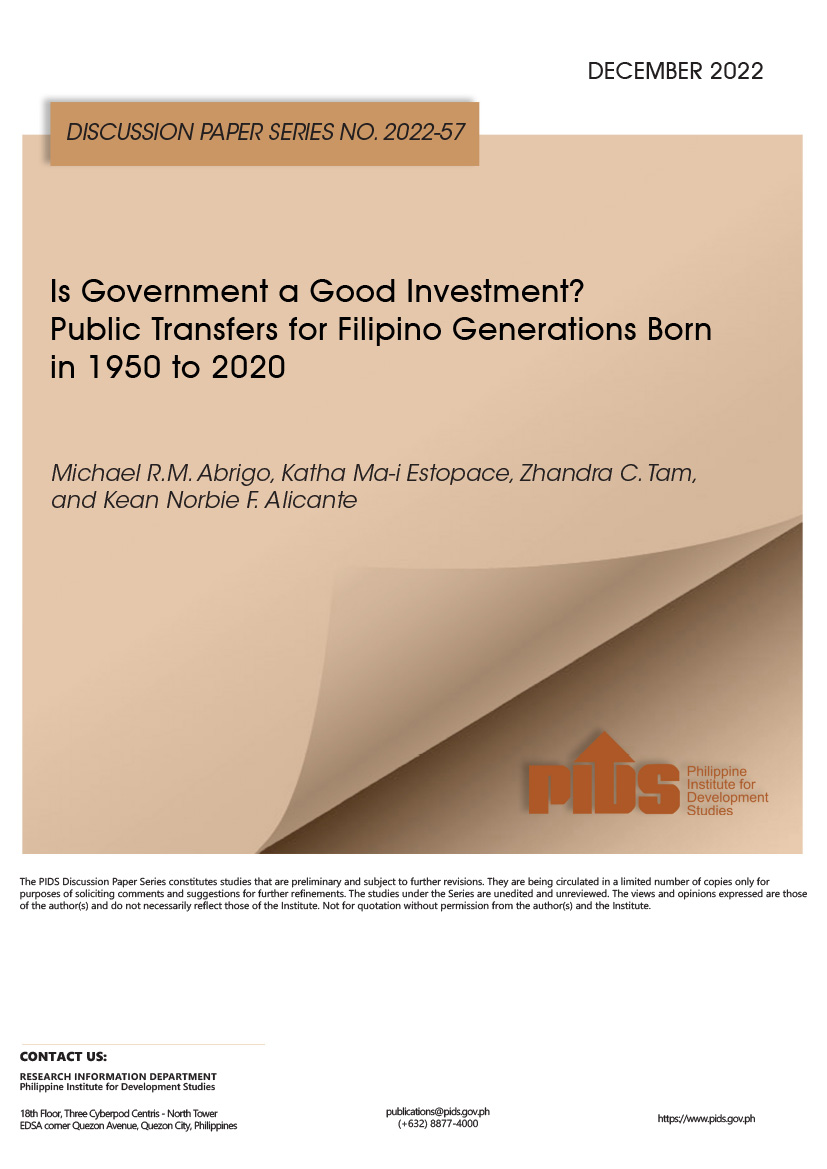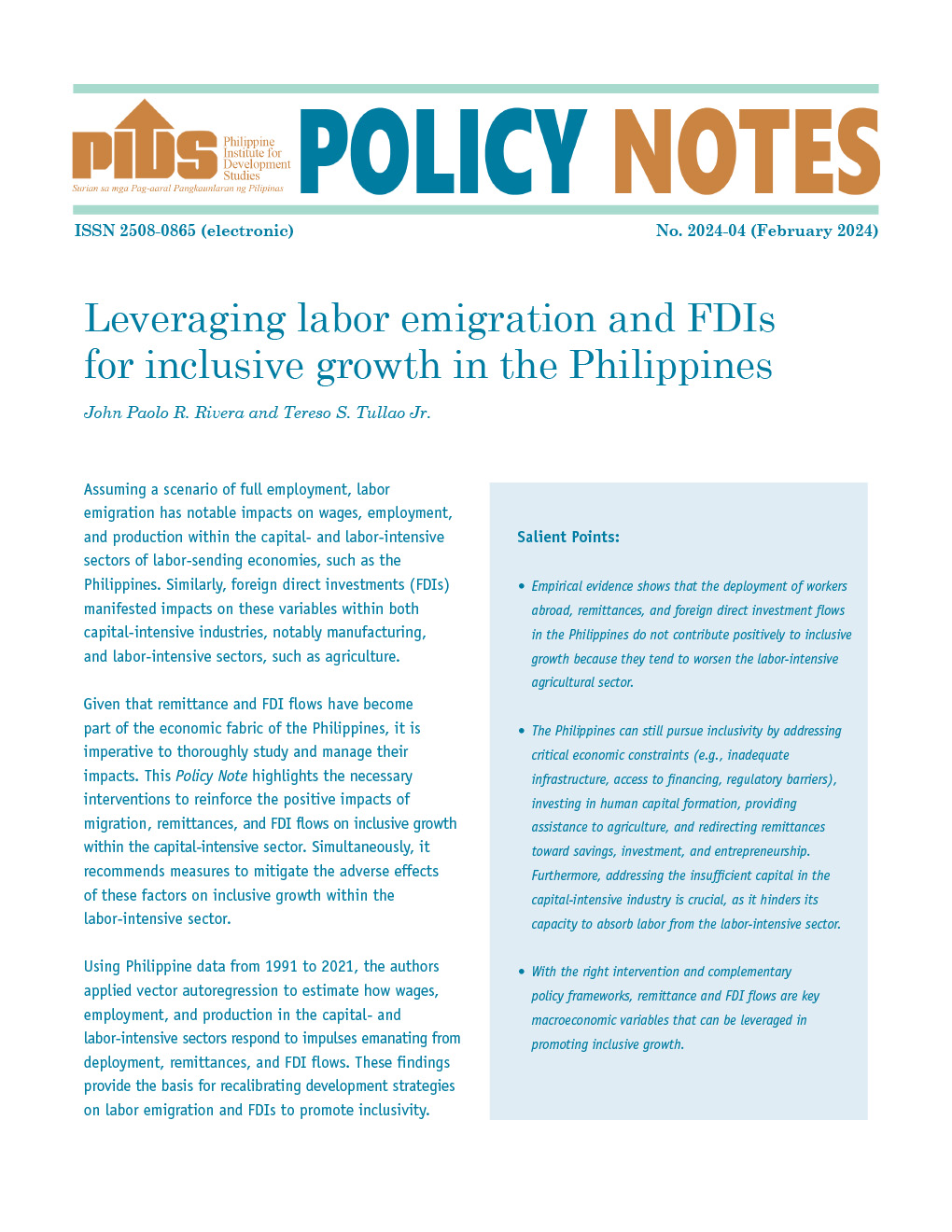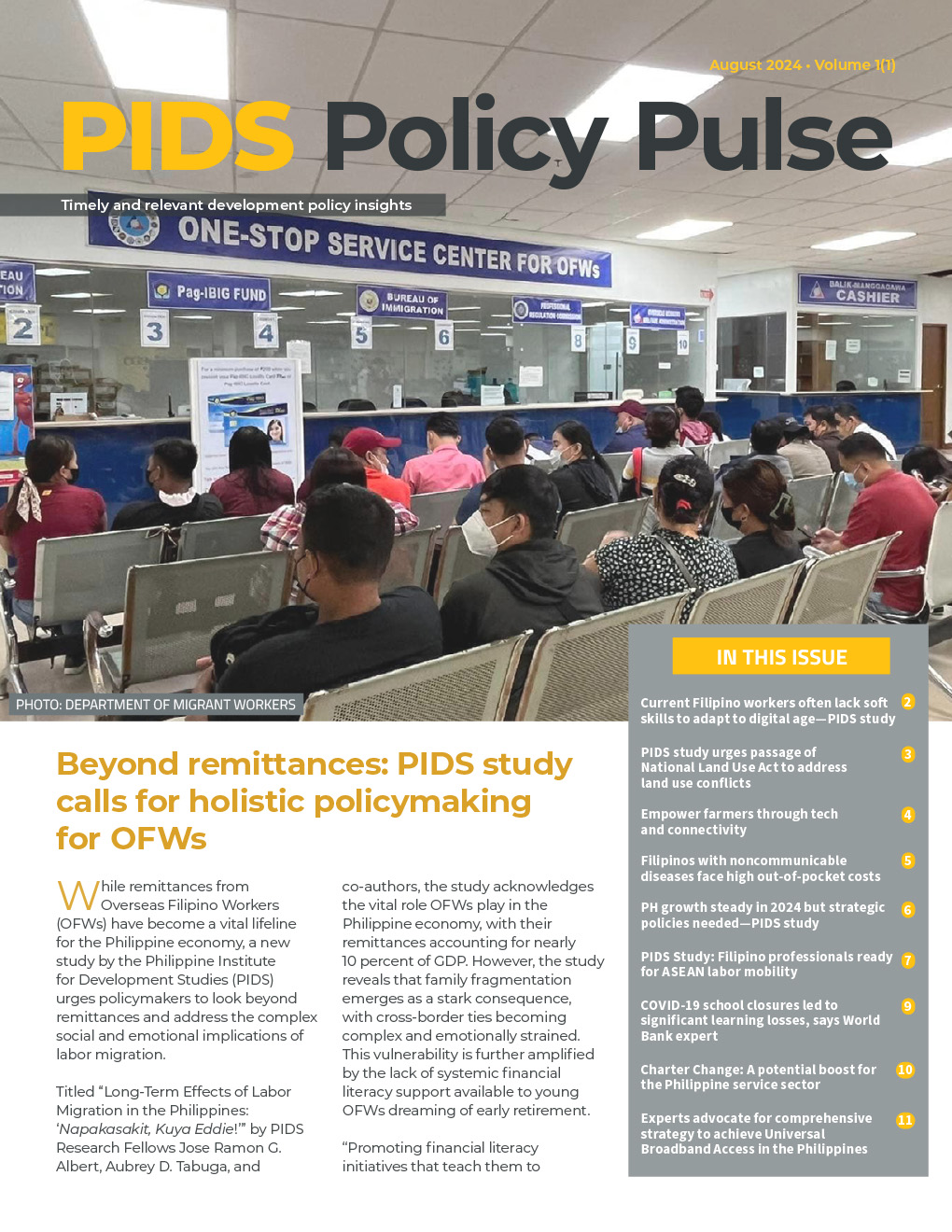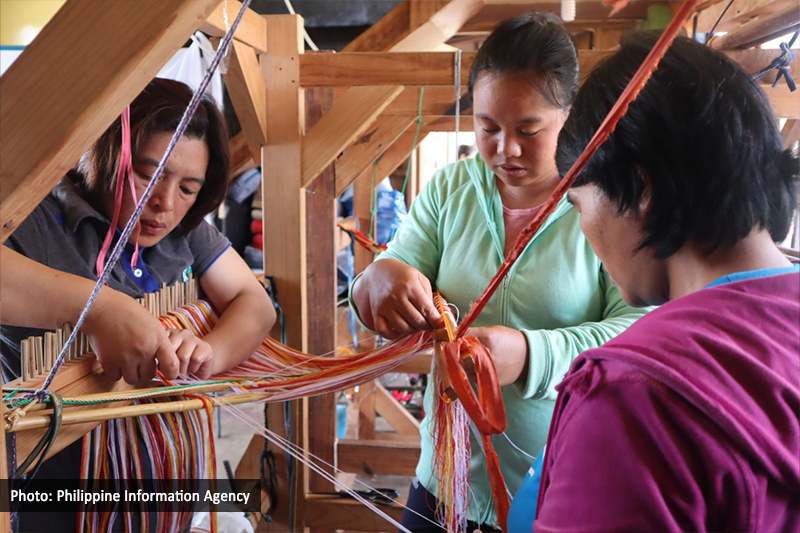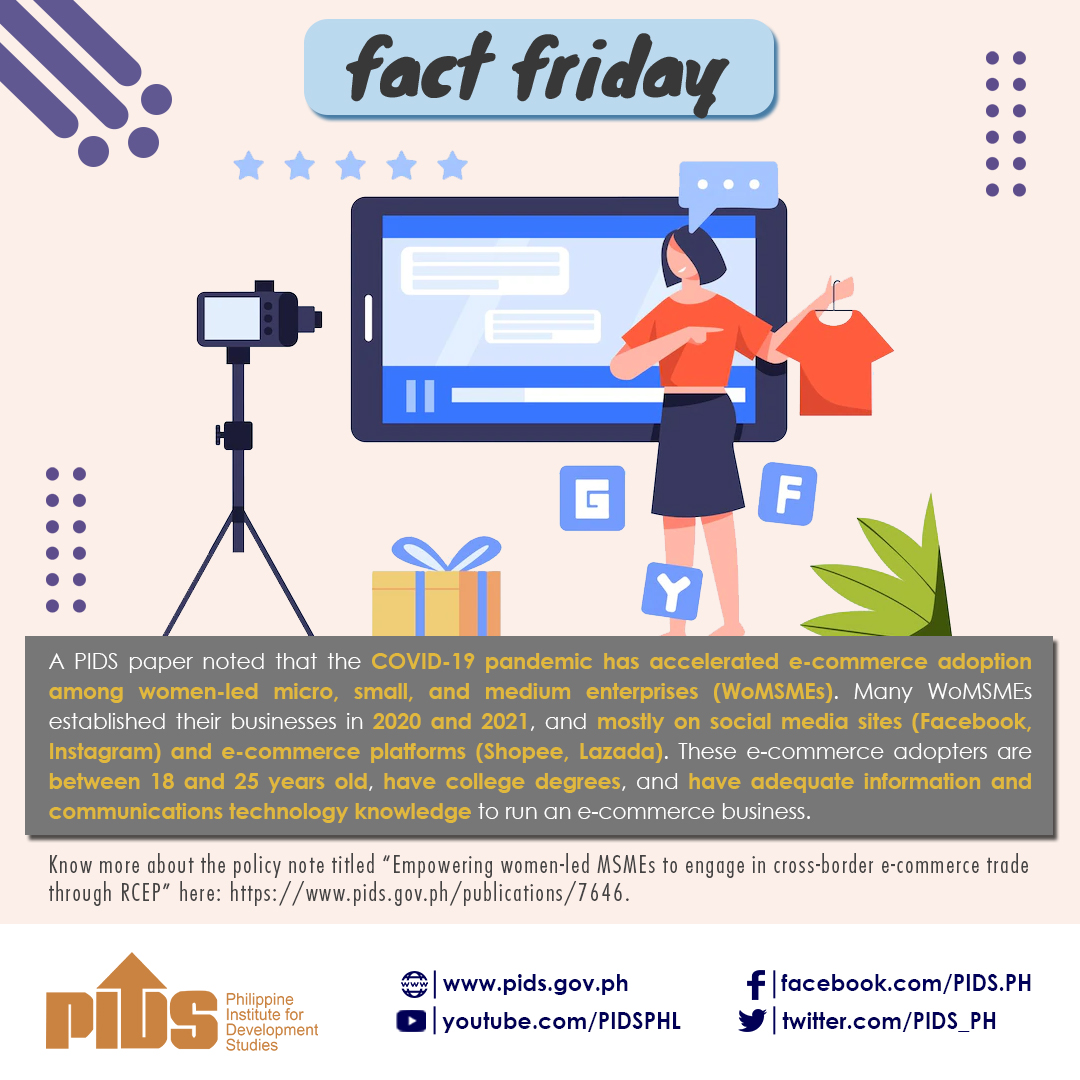MANILA, Philippines — Personal remittances from overseas Filipino workers (OFWs) rose by 2.6 percent to $3.13 billion in March from $3.05 billion in the same month last year amid sustained demand for Filipino labor abroad.
However, economists are sounding the alarm over a new tax proposal in the United States that could threaten the steady inflow of remittances. The US remains the largest source of cash remittances to the Philippines.
Under the proposed measure, the US government may impose a five-percent excise tax on immigrant remittances.
Analysts said this could discourage OFWs from using formal banking channels and shrink the overall volume of funds sent home.
Reinielle Matt Erece, an economist from Oikonomia Advisory & Research Inc., warned that if the tax were applied to March inflows alone, it would translate to around P7.7 billion in potential losses for Filipino households.
“The impact starts at the household level. Less remittances means less spending, lower disposable income and weaker consumption,” Erece said.
Remittances also provide a large cushion against foreign exchange fluctuations by being a key source for the country’s dollar reserves.
“Since the country runs a trade deficit most of the time, this added tax means the country’s dollar reserves may deplete faster as dollar inflows from remittances may slow down,” he said.
Ser Percival Peña-Reyes, director of the Ateneo Center for Economic Research and Development, said it is difficult to predict the exact impact of the tax on remittance behavior, but acknowledged there is potential for a dampening effect.
While not all OFWs will stop sending money, the tax can strain relationships between senders and recipients and create uncertainty.
He also tied the proposal to broader US protectionist trends that began under the Trump administration, which signaled tougher stances on trade and legal immigration.
Based on BSP data, cash remittances coursed through banks rose by 2.6 percent to $2.81 billion in March from $2.74 billion a year earlier.
The growth in cash remittances as of March was mainly driven by higher flows from the US, Singapore, Saudi Arabia and the United Arab Emirates.
By country source, the US accounted for the largest share at 40.7 percent of total cash remittances in the first quarter, followed by Singapore and Saudi Arabia.
In the first quarter, cumulative personal remittances totaled $9.4 billion, up by 2.7 percent from $9.15 billion in the same period last year. Cash remittances reached $8.44 billion from January to March, also posting a 2.7 percent increase from $8.22 billion a year ago.
John Paolo Rivera, senior research fellow at the Philippine Institute for Development Studies, said that the proposed US tax could lead to a rise in informal remittance channels, reducing transparency and putting financial integrity at risk.
“About 40 percent of Philippine remittances come from the US. Any significant disruption could discourage some OFWs from sending funds through formal channels, potentially pushing more transactions into informal or unregulated systems and pose risks to transparency and financial integrity,” Rivera said.
The peso may also face depreciation pressures if remittance inflows are significantly disrupted, he said.
Peña-Reyes echoed concerns over informal channels.
“There’s regulatory risk in those systems, and we obviously lose visibility over money flows,” he said, adding that remittances play a critical role in the country’s macroeconomic stability.
Despite these risks, Rivera noted that the March and first-quarter figures reflect resilience in remittance flows.
“Sustained demand for Filipino labor, especially in healthcare, engineering, and domestic work, continues to drive remittance growth. Seasonal needs like Holy Week and school-related expenses may have also contributed,” Rivera said.
The BSP expects cash remittances to grow by 2.8 percent this year and three percent in 2026.

